The American Jobs Plan Will Make Our Infrastructure Crisis Worse
This article is the first in a five-part series that Strong Towns founder and president, Charles Marohn, has shared in response to the American Jobs Plan. Read part two here, or download the full series here as a booklet.
“Like great projects of the past, the President’s plan will unify and mobilize the country to meet the great challenges of our time: the climate crisis and the ambitions of an autocratic China.”
A decade ago, in the wake of the housing crisis, there was one of those news cycles where seemingly every major outlet ran a story about Chinese “ghost cities”: places that had been fully built only there was nobody living there. I’ll admit being fascinated by these cities full of skyscrapers, parks, transit systems, and all the elements of place, often with pretty good design, that had a surreal vibe because of the lack of humans.
Part of the narrative was the gross inefficiency of China’s autocratic system. Only in a country without market feedback mechanisms, one where party bosses and their cronies controlled and directed the country’s capital, would resources be wasted so spectacularly. Or so the story went. From ABC News:
Dinny McMahon, author of China's Great Wall of Debt, explained the driving force behind the new construction projects, seemingly built for no-one.
"The phenomenon very much has been driven by the debt splurge that really kicked into gear after the global financial crisis," Mr McMahon said.
"Local governments around the country tried to juice and stimulate their economies by building more infrastructure and stimulating the property market."
This seemingly wasteful construction is carried out by both state-owned firms and private companies.
I think this analysis was largely accurate, although missing some critical insights. Autocratic systems do lack the type of direct feedback and local empowerment that makes good use of resources, but this is true of all centralized systems, not merely autocratic ones. When the well-connected direct a country’s capital, it should surprise nobody when the projects they prioritize also make them and their friends personally wealthy, within China and elsewhere.
And is there anyone here in the United States who can honestly evaluate the waste of a Chinese ghost town—a vacant yet fully functional city in a country that nets 8 million new people a year—and suggest that somehow the American approach makes more productive use of resources? Surely no one who has been to places like these:
I read the Fact Sheet for the American Jobs Plan recently released by the White House and found it difficult not to feel depressed by the approach. As advertised, it is bold, but when it comes to spending on infrastructure that boldness lies in its size, not its vision. It reflects the Washington consensus that more roads with more lanes are good, that when we fix bridges we should also expand them, that transit investments should primarily serve auto-based development patterns, and that simply building more is the path to making us richer.
In other words: no difficult choices. No meaningful reform. Nothing that is going to substantively change the trajectory of the North American development pattern.
My friends, none of that is a criticism but merely an observation. I wasn’t expecting anything different and neither should you have. This approach would be no different (and potentially worse) with a Republican Senate or even a different president. This is the moment we are in and the approach we were always going to take, it was just a matter of degrees. We’re going to run this experiment until we no longer can, fulfilling Churchill’s observation that America will always do the right thing but only after we have exhausted every other option.
The American Jobs Plan posits a dichotomy between the United States approach to infrastructure and that of the Chinese, setting up our approach as rivalrous to theirs. According to the plan, it will “position the United States to out-compete China.” It will prevent us from “falling behind countries like China.” I find these assertions bizarre.
Today, ABC News focuses on the political battle between Democrats and Republicans when discussing the American Jobs Plan, but here is how soberly and clearly they reported on Chinese Ghost Cities:
Mr McMahon said he believed ghost cities were a "symptom of the problem" of how the Chinese economy worked, where growth was driven by debt.
"We're now in a position in the Chinese economy where so much debt has been accumulated in the interest of building an incredible amount of waste, whether it be empty housing, empty factories, infrastructure in cities where the local authorities can never repay it…that sort of model of economic growth cannot continue," he said.
"Everybody knows it. The officials in Beijing know it and have been trying very aggressively to both wean the economy off debt and try and come up with a new driver of growth."
If true, perhaps that is the most glaring difference between the two approaches. Chinese leaders are trying to “wean the economy off debt” and “come up with a new driver of growth.” Meanwhile, our leaders are embracing debt throughout all of society—for governments, for corporations, and for families and small businesses—and the idea that the most important thing we can do right now is to go big on building infrastructure, ignoring how we got to such a massive infrastructure backlog in the first place.
I agree that we should be thinking big, and I agree that we are going to have to spend significantly more on infrastructure, but we first need to come to grips with what infrastructure spending is supposed to do.
Create jobs? Yes. Grow the economy? Yes. Add to our overall capacity? Yes. These are the things that economists cite and they are all important, but they are easy. Too easy. So easy that an autocratic government can do it by building ghost cities. So easy that a democratic government can put people to work short-term building frontage roads, interchanges, commuter trains, and big box stores and see gross domestic product increase. None of this is hard.
What is difficult, but what is essential that we do, is make sure these investments are productive. Our investments in infrastructure must be more than a transaction. More than a GDP blip. They actually have to make us better off, creating far more long-term wealth than they create in future obligations.
The first threshold for a productive investment is that it needs to pay for itself. The revenue the government receives as a result of the investment must cover the cost of the investment, otherwise it’s not an investment. It’s just consumption. That is the first threshold, and the easiest one, yet we rarely meet it.
After generating enough revenue to cover its own cost, an infrastructure investment must then create enough financial productivity to pay for its ongoing operations and maintenance. That is a cost generally born by local communities, so the burden here is even more urgent. If the infrastructure investment does not cross this threshold, it’s a bad investment, and it will make the community poorer, regardless of what it does for GDP and unemployment in the next quarter.
The third threshold is that the infrastructure investment must create enough wealth that can be taxed so as to pay for the eventual rehabilitation or replacement of that infrastructure. In the 2010 stimulus package, my community received millions for a new road. Guess what? That gave us some short-term construction jobs, but now my community has a new overengineered, overbuilt road to maintain. Forever. This is what infrastructure is: a forever obligation.
If an infrastructure investment can meet all three of these thresholds, it still can’t be called an “investment” unless it meets a fourth: It has to create enough wealth—enough ongoing revenue—to make our communities more prosperous than they are now. There has to be a real financial payoff, something that justifies taking on the risk and making a forever commitment. If that isn’t there, then we’re just building infrastructure to build infrastructure, which is the kind of thing ABC News scoffs at China for doing (and rightly so).
This is what it means to make a productive investment in infrastructure. With the financial returns from the investment, we:
cover the costs of the infrastructure investment,
pay for the ongoing operations and maintenance of that infrastructure,
create enough wealth to ultimately pay for the rehabilitation and replacement of that infrastructure, and
provide a return so that our communities can increase their consumption (i.e., improve their quality of life).
We need to be obsessive about this, particularly at the local level, because we need to improve our quality of life. Many things that are in the American Jobs Plan are not infrastructure, but rather consumption. Still, they are worthy of our spending. If we want the resources to do them, not just in a one-time blowout but in an ongoing manner, then we need a real financial return on our infrastructure investments.
If we want to spend $10 billion establishing a Civilian Climate Corps, we have to make our investments in infrastructure financially productive.
If we want to spend $100 billion on public schools and $12 billion on community colleges, we need our infrastructure investments to have a positive return on investment.
If we want to spend $25 billion on child care, $400 billion on care for the aging and people with disabilities, and expand long-term care under Medicaid, we can’t make infrastructure investments that make our cities poorer.
If we want to spend $15 billion eliminating racial and gender inequities, $40 billion on job training, and $48 billion on workforce development and worker protection, then we can’t allow our federal infrastructure investments to continue to induce, everywhere across this continent, the American version of the Chinese Ghost City.
Tomorrow I’m going to explain how the plan misdiagnoses the underlying cause of why we struggle to maintain our infrastructure (hint: it’s not a lack of spending) and, in doing so, sets the stage for further American decline. Later this week I will detail what we should be doing instead and, in the absence of reform, how local leaders can position themselves to succeed regardless of what happens in Washington D.C.
None of what I’ve written here will surprise those who have been here a while. You likely had the same reaction to the details of this plan that I did. If you’re new to Strong Towns and find any of this confusing, you might want to check out the free Strong Towns 101 course we put together or buy our book, Strong Towns: A Bottom-Up Revolution to Rebuild American Prosperity, which goes into great detail on how America has used infrastructure spending to grow itself into decline.
Read Part 2: “The Half-Truth on Infrastructure at the Heart of the American Jobs Plan”


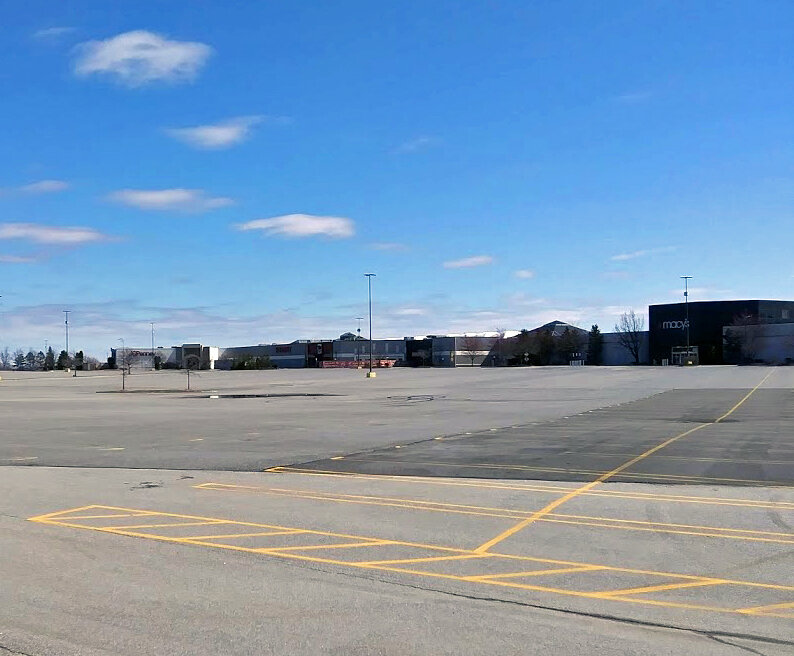
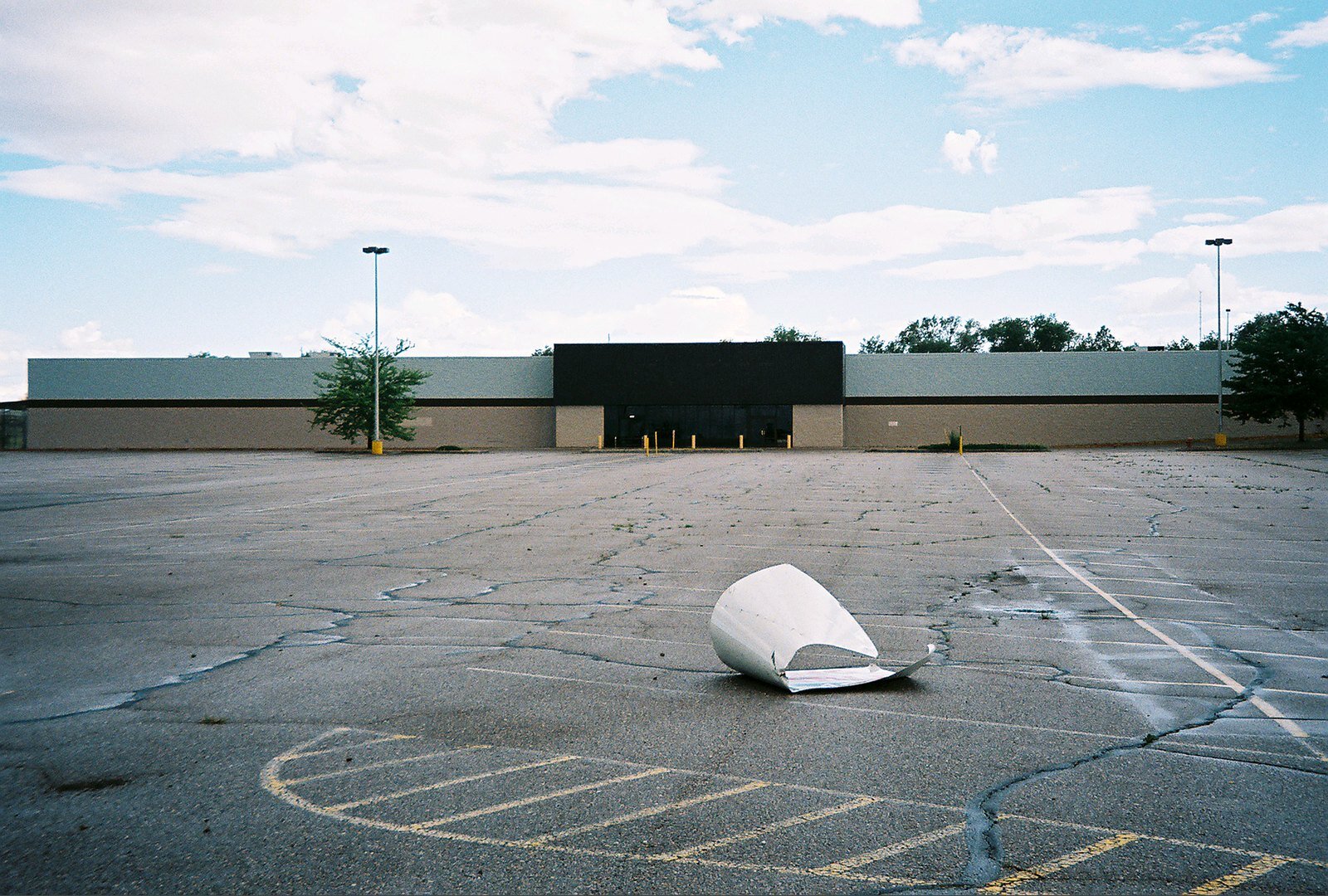

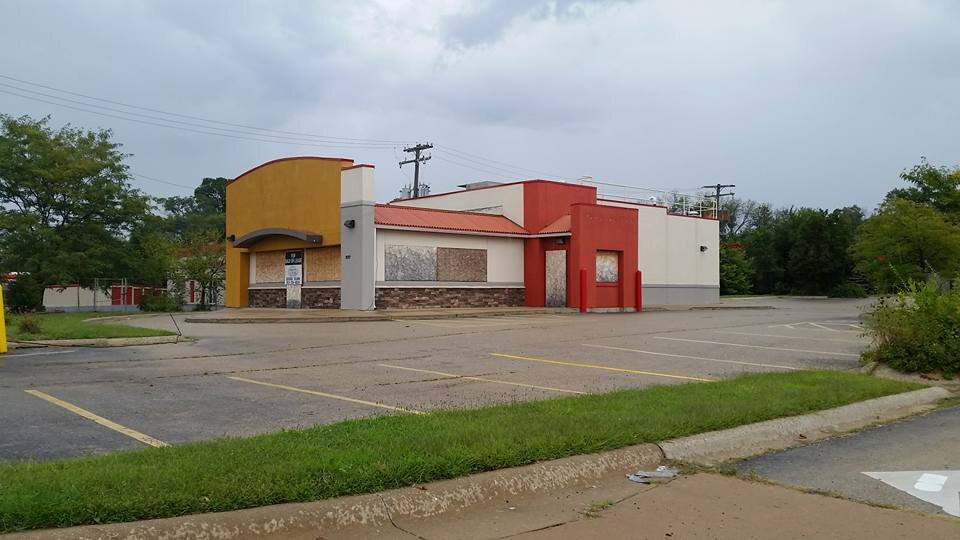
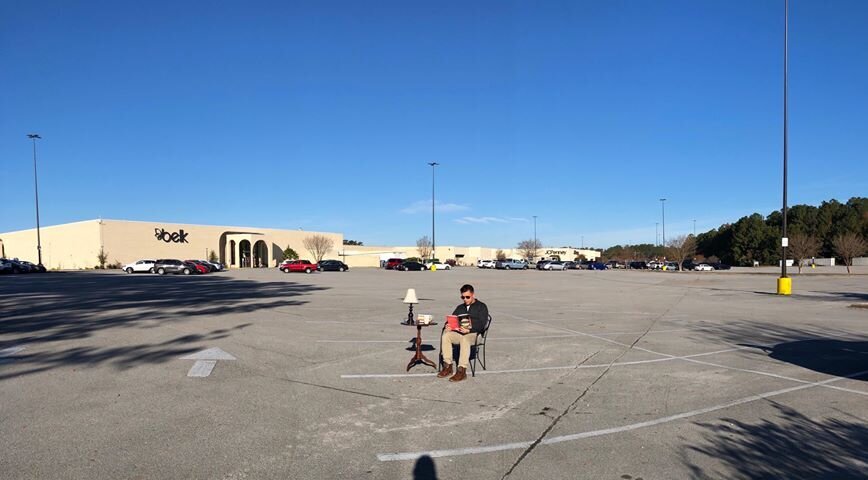
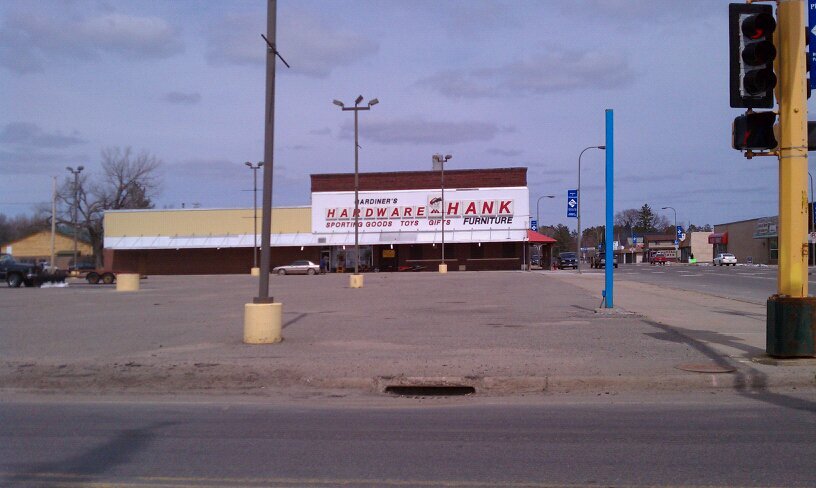
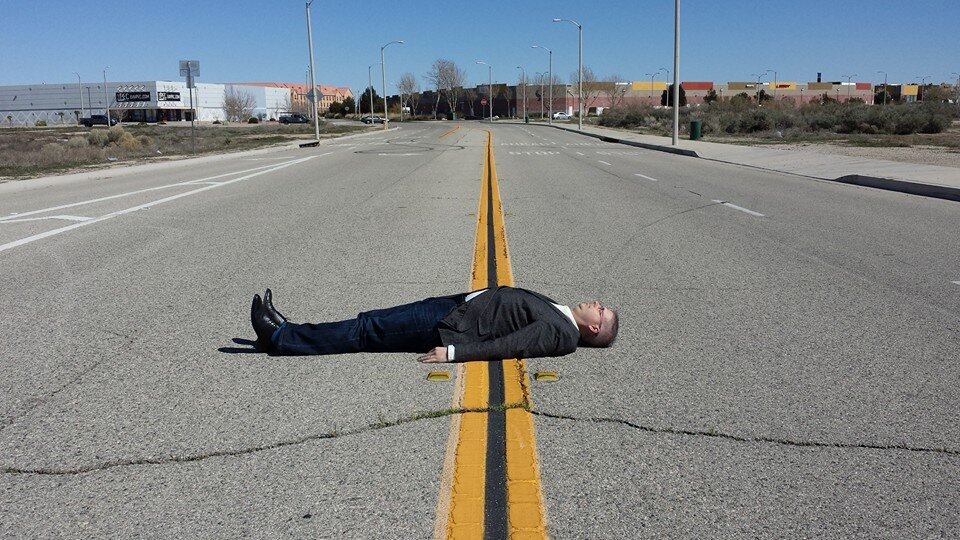
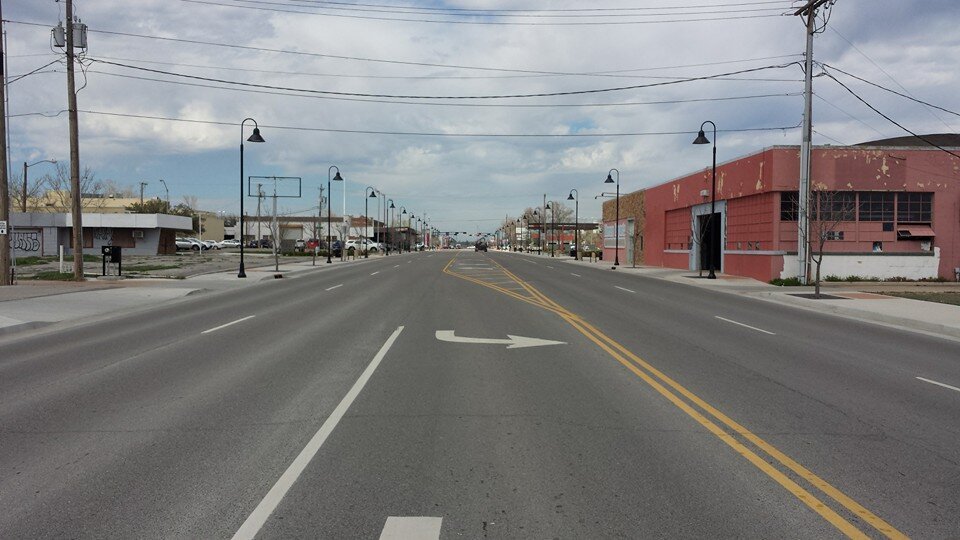
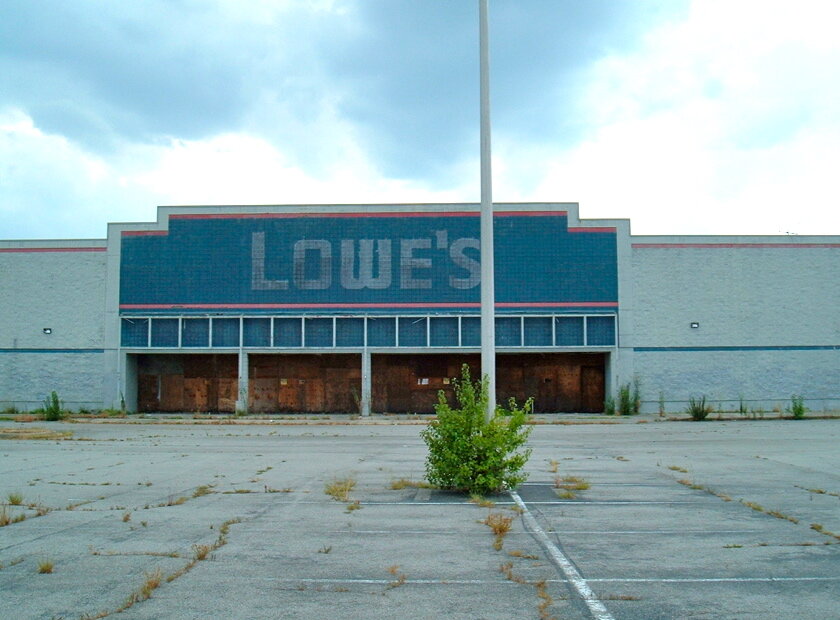
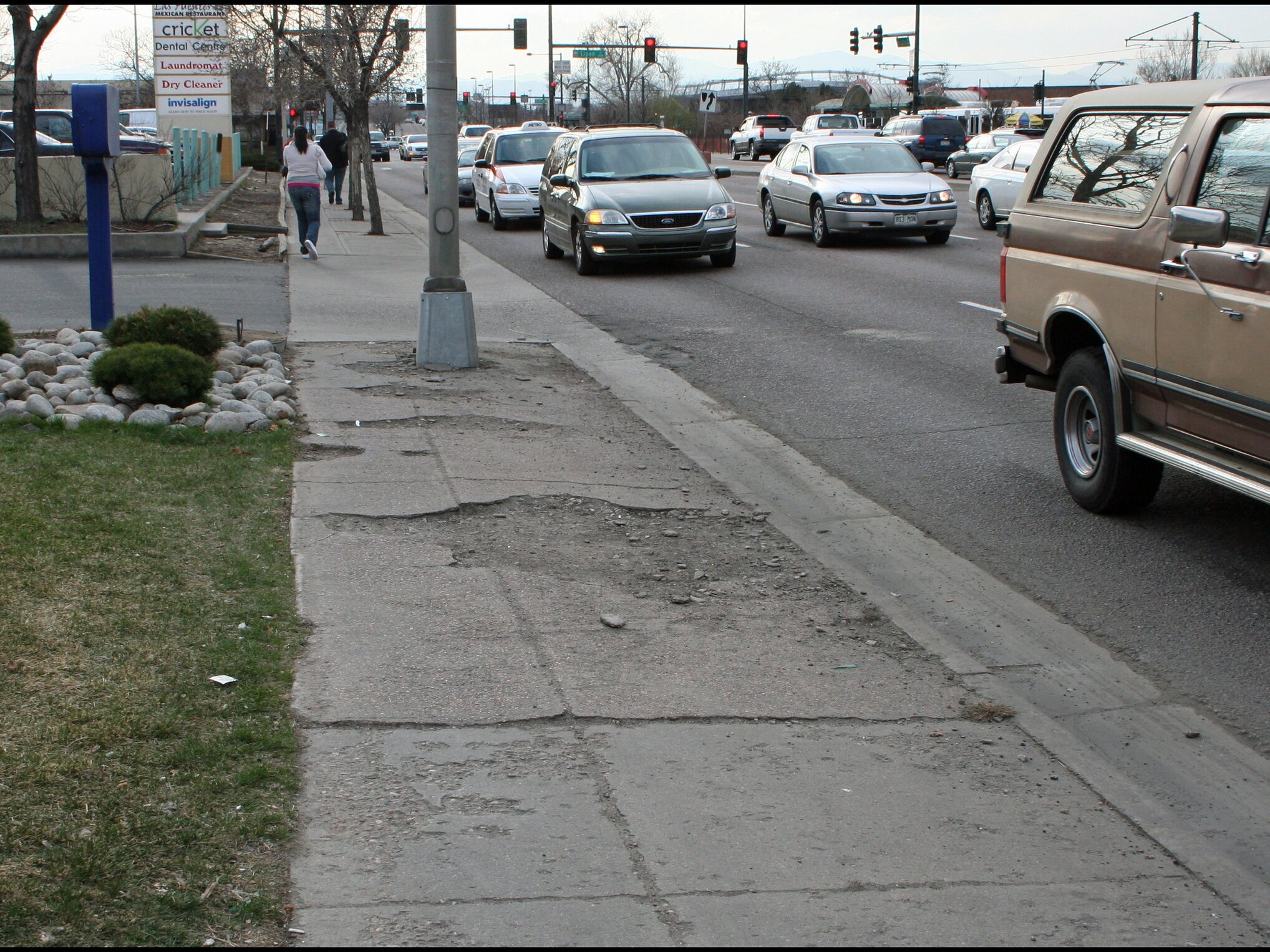
![Infrastructure is a forever obligation. Images via Flickr, top to bottom: [ 1 ] [ 2 ]](https://images.squarespace-cdn.com/content/v1/53dd6676e4b0fedfbc26ea91/1618168033344-MVMJ67V1816TY7LYJ4AZ/5261421436_276d4209f5_k.jpg)



Officials in Ottowa, Canada, are showing that local governments don’t need to accept expensive and unproductive projects, even if they have a lot of momentum behind them.